Oregon: Study Finds Light Rail System Rarely Used
A study released earlier this month by the Cascade Policy Institute questioned whether pricey mass transit options in Portland, Oregon are really being used by the public. The city has been a leader in securing funding for various forms of passenger rail and trolley systems. The Obama administration, for example, pledged $745 million in federal gas tax dollars to pay for the construction of a $1.5 billion, 7.3 mile light rail project connecting Portland to Milwaukie. Transportation Secretary Ray LaHood has singled out the city’s priorities as for praise.
“By adding innovative transit opportunities, Portland has become a model livable community, a city where public transportation brings housing closer to jobs, schools, and essential services,” LaHood wrote in March.
The Cascade Policy Institute wanted to verify the claim that the TriMet transit system was able to move more passengers than a standard bus line. The researchers did so by attending five special events where use of mass transit would make the most sense, including the final playoff game for the Portland Trail Blazers. The events were spread throughout the year to examine the effects of different weather conditions on transit use. City officials have never made a study of this sort.
“This is important because transportation planners at Metro, TriMet, ODOT and other agencies routinely make multi-billion-dollar decisions based on travel surveys, computer models or simply their own personal beliefs about how people should travel,” Cascade President John A. Charles, Jr wrote in his report. “They rarely have any direct knowledge of how people actually travel under specific conditions of time, mode availability, parking pricing and geographic constraints.”
The Cascade team counted a total of 47,666 individual attendees, noting how many headed toward the venue from a light rail station and how many arrived by automobile, bicycle or foot. At best, 21 percent arrived by rail to see the Trail Blazers. At worst, the opening of the Gresham Civic Station saw just 2 percent arrive by rail. On average, rail accounted for just 11 percent of the trips recorded.
“The field research shows that continued use of the phrase ‘high-capacity transit’ by local planners to describe the regional rail program is Orwellian,” Cascade President John A. Charles, Jr. said in a statement. “Light rail is actually a low-capacity system, and the streetcar is simply irrelevant. TriMet’s buses carries two-thirds of all regional transit trips on a daily basis, and that’s the service that should be recognized as high-capacity transit. Unfortunately, bus service is being sacrificed by TriMet in order to build costly new rail lines that carry relatively few people.”
A copy of the report is available in a 1.2mb PDF file at the source link below.
Light Rail, Streetcars and the High Capacity Transit Myth (Cascade Policy Institute, 5/2/2011)
[Courtesy: Thenewspaper.com]
More by The Newspaper
Latest Car Reviews
Read moreLatest Product Reviews
Read moreRecent Comments
- 28-Cars-Later Say it ain't so, so reboot #6* isn't going to change anything?[list=1][*]V4-6-8 and High "Tech" 4100.[/*][*]Front wheel drive sooooo modern.[/*][*]NOrthSTARt.[/*][*]Catera wooooo.[/*][*]ATS all the things.[/*][*]We're *are* your daddy's Tesla. [/*][/list=1]
- MaintenanceCosts Can I have the hybrid powertrains and packaging of the RAV4 Hybrid or Prime with the interior materials, design, and build quality of the Mazda?
- ToolGuy I have 2 podcasts to listen to before commenting, stop rushing my homework.
- ToolGuy Please allow me to listen to the podcast before commenting. (This is the way my mind works, please forgive me.)
- ToolGuy My ancient sedan (19 years lol) matches the turbo Mazda 0-60 (on paper) while delivering better highway fuel economy, so let's just say I don't see a compelling reason to 'upgrade' and by the way HOW HAVE ICE POWERTRAIN ENGINEERS BEEN SPENDING THEIR TIME never mind I think I know. 😉



















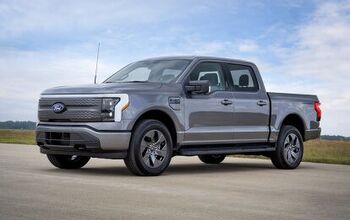
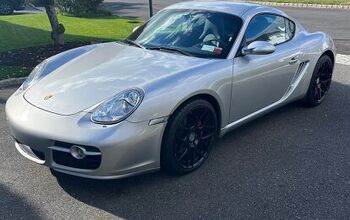

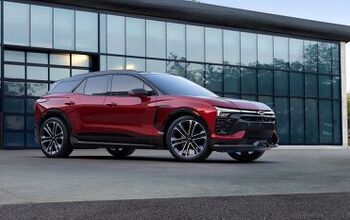
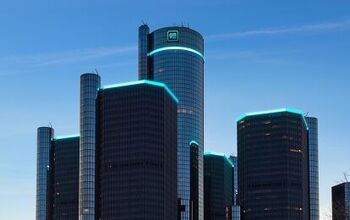
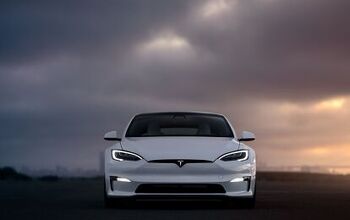
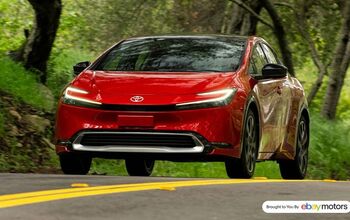
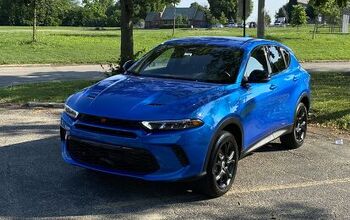

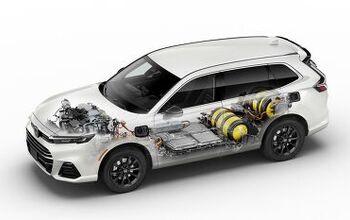
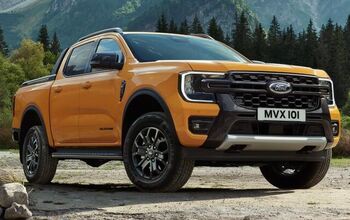



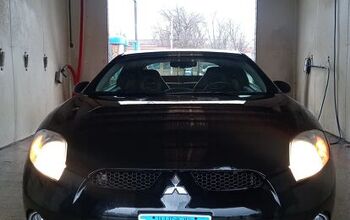
Comments
Join the conversation
Twenty years ago my wife and I rode on a shockingly efficient city bus in Ottawa, Canada. The big difference from the US systems that I've been on was that in certain areas this the best way to get from Secaucus, New Jersey to Manhattan, because of the dedicated bus lane from the Lincoln Tunnel to the Port Authority bus terminal near Times Square. I suspect that dedicated bus lanes are much cheaper than light rail. In Seattle, they have electric lines above the streets and the buses connect like a trolley car when on an electric route and act as diesel buses where there is no electric line. The electric lines aren't pretty, but train tracks aren't either.
Portland mass transit is great, and I'm happy to pay for it with my taxes. That said, I hardly ever use it. Public transit is still public transit, regardless of how well-executed.